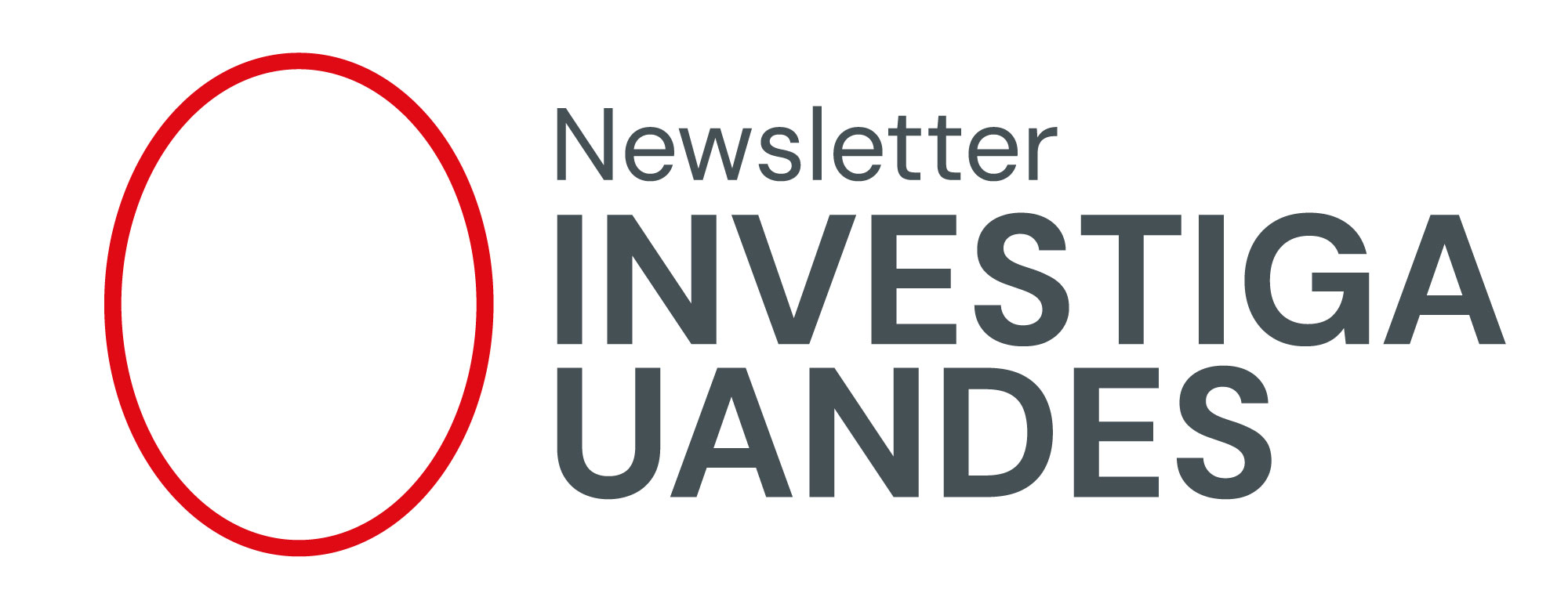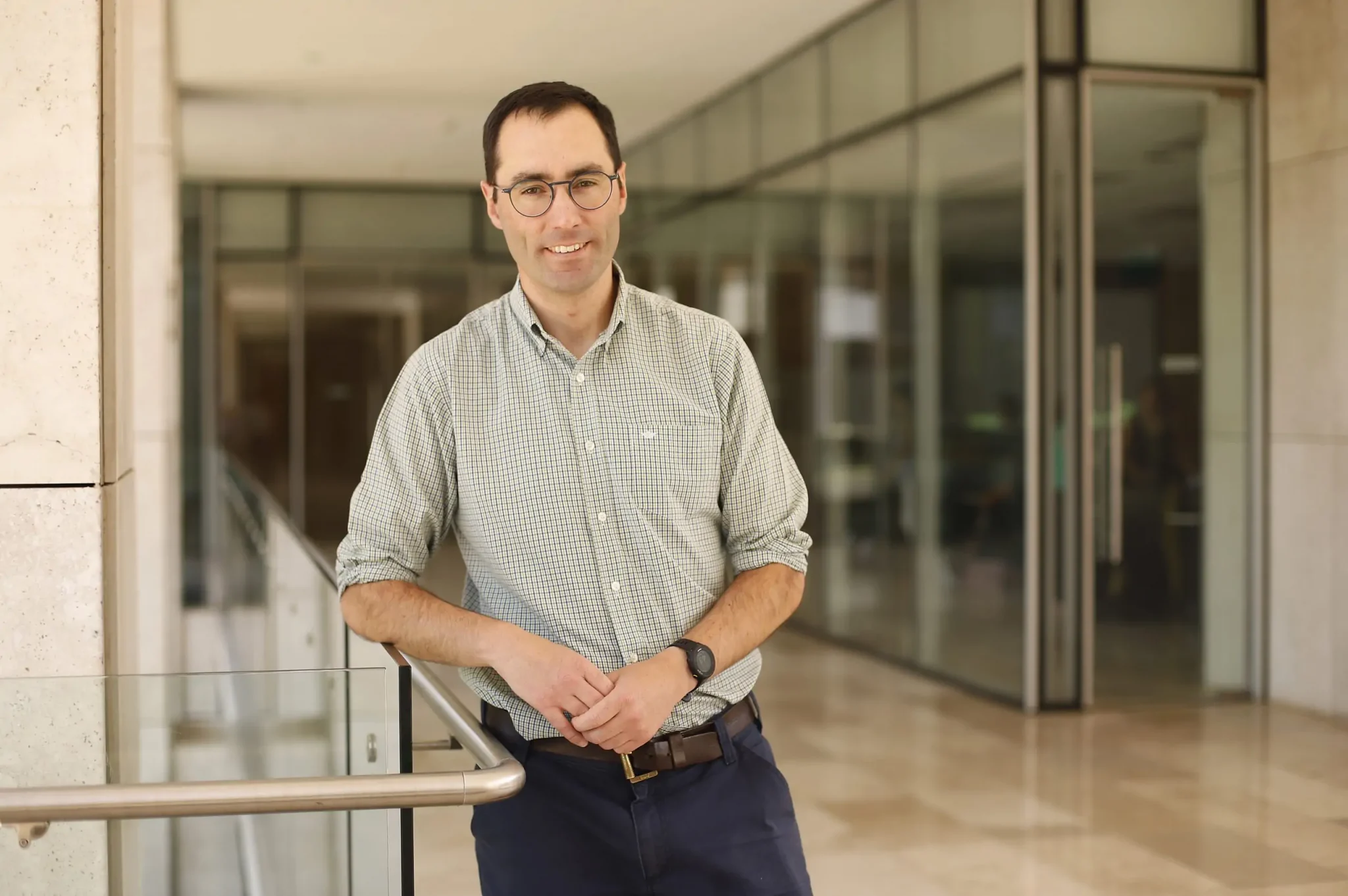Jorge Gómez, an academic from the School of Engineering and Applied Sciences, leads research that optimizes the integration of artificial intelligence models in devices close to the end user, improving their efficiency and reliability.
Artificial intelligence (AI) is transforming several areas of technology, but its implementation in devices close to the user, such as those that are part of the Internet of Things (IoT), presents specific challenges. In this context, the research of Jorge Gómez, an academic from the School of Engineering and Applied Sciences, offers an innovative solution with the creation of TTAIO, a tool designed to optimize the integration of AI models in devices with low computational power, memory, and space.
TTAIO's main objective is to co-optimize both hardware and software, enabling IoT devices, often limited by physical and power constraints, to run artificial intelligence models reliably and efficiently. This not only improves device performance, but also offers benefits such as faster response speed, increased privacy for users, and reduced power consumption.
His research, "TTAIO: Tool for Trustworthy Artificial Intelligence On-Edge," was awarded a Fondecyt Initiation grant, a project in which he works in collaboration with academics Kai Ni (University of Notre Dame); Sourav Dutta (UT Dallas); and Ioannis Vourkas (Democritus University of Thrace, Greece). In addition, at the local level, the project has the participation of Jorge Marín and Christian Rojas, from Universidad Técnica Federico Santa María.
Gomez's interest in this research stems from his previous experience in industry and his background in semiconductor devices. "I think there are fascinating opportunities when different disciplines come together. Having worked on end products, I realized that we often treat hardware and software as black boxes that are simply expected to fit together nicely. But if we can open those boxes and keep what's essential for the application, you can save a lot of space and optimize performance," says Gómez.
The impact of this research could be extended to any application that requires AI in embedded systems, from health devices to monitoring technologies and more. For example, at our university, researchers are working on applications such as fiber monitoring in cement with professors Patricio Moreno and Alvaro Paul, battery monitoring with Miguel Torres, and tracking people in cardiorespiratory arrest with professor Marcela Garrido. They are also exploring new possibilities in the field of virtual reality, where Quest Pro goggles are used to introduce AI in medical training and financial experiments.
"This research is deeply connected to the training of our students. It is they who are doing the most valuable work, and their effort is critical to TTAIO's success," he concludes.

